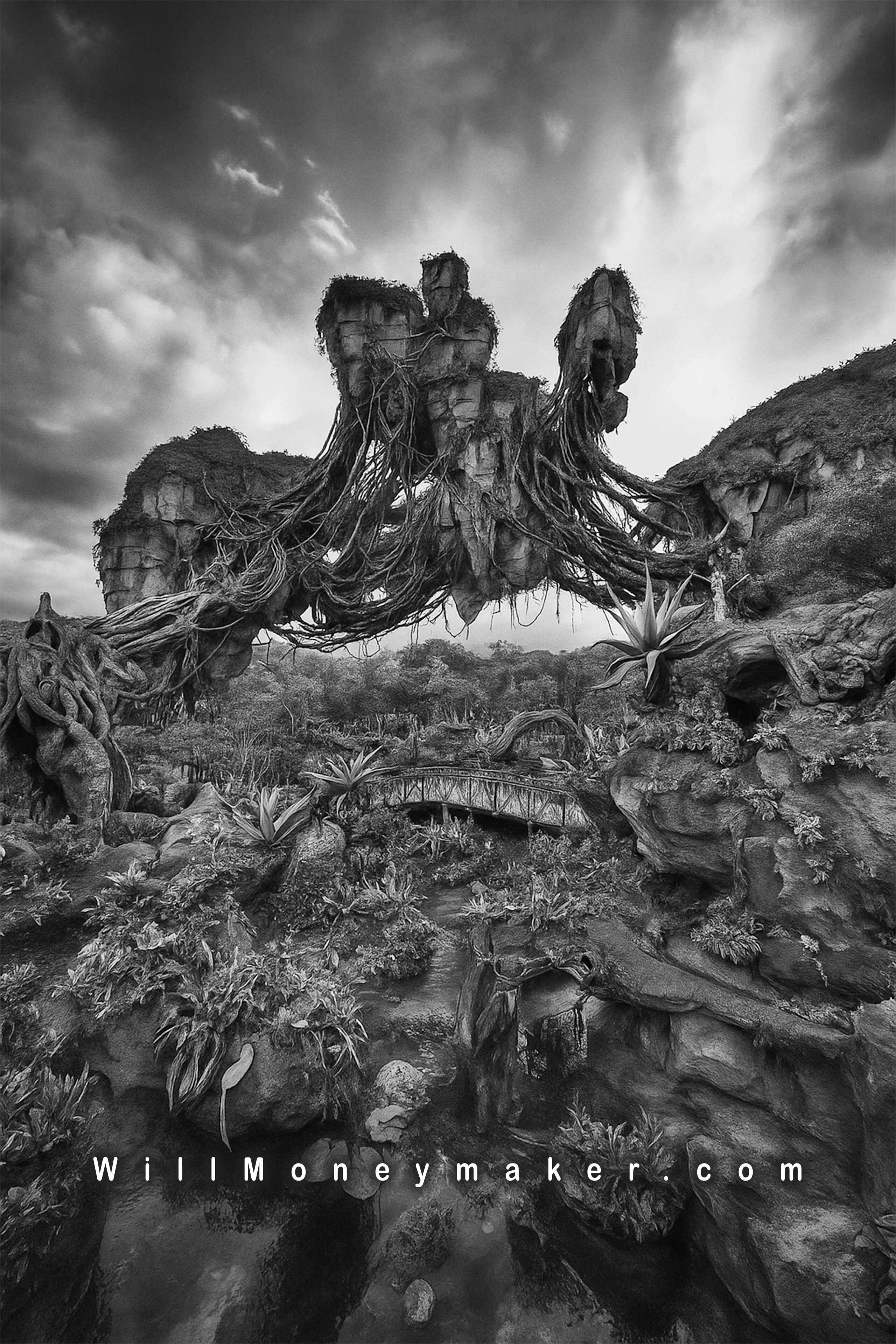Art always seems like such a planned event. It’s a production. We think about our ideas, we jot them down, we plan and plan for how we can take the perfect photograph. Then comes the day when we actually set out to take that photograph — that, too is a production. It’s often a long trip that is laid out on maps, organized through lists of gear that we check twice before we depart, and so on.
This pre-planned nature can make art hard. Why? Because life just gets in the way. Because we make art into such a production, we find ourselves with ever more limited time for it. We’re blocking out weekends for our photo trips and staying up late at night when we need to be going to sleep so we can get up early for work in the morning.
The nonstop balancing act of life and art becomes tiresome and sometimes discouraging because we so often feel like we just don’t have enough time to work on our creative pursuits. Even when we do have the time — say, a Saturday where you don’t have anything planned — sometimes, we take those days and instead of creating art, we spend time relaxing or engaging in some other thing. Not that there’s anything wrong with taking a break, but still, the problem remains: When does art get made?
For so many works of art, all this planning, preparation and blocking out large chunks of time is necessary to create a fully developed piece. But if you’re frustrated with the amount of art you’re producing each month or each year, then there is also something to be said for just letting art happen. The creation of art doesn’t necessarily have to be a major endeavor. It can also be something that you do as it occurs to you, in those brief windows of time during your day-to-day routine when the inspiration or opportunity strikes you just right.
To that end, let me discuss a few strategies that you can employ to help make artmaking on the go a little easier. Employ these tactics and you’ll still be able to embark on larger projects as you see fit — but you’ll also be able to express your creativity even when life gets in the way.
Keep a Camera at the Ready
This is a common piece of advice among photographers, to keep a camera handy at all times so that you never miss an opportunity. While it’s a good piece of advice, it isn’t always all that practical. For instance, you can’t very well go grocery shopping while carrying around a large bag with a big, full-frame camera and two or three lenses — nor do you want to leave your expensive kit in a hot car where it could be stolen while you’re in the store.
Fortunately, these days, there are a lot of options that can help you get around this. It’s only a matter of choosing the option that works best for you. For instance, you could invest in a camera phone that takes a great picture. Of course, you’ll lose out on zoom functions and the images won’t be quite as nice as what can be produced with a DSLR, but when the moment comes, a camera phone is better than no camera at all.
There are also point-and-shoot cameras, many of which will give you more options for physical zoom length or aperture and shutter speed controls. Again, you won’t have the full range of functionality that a DSLR gives you, but many point-and-shoot cameras are small enough to fit in a pocket or purse and they’ll give you something that can take a usable photograph so that you’re not missing out on opportunities as they happen.
Then there are the micro 4/3 cameras. While I’d never give up my full frame camera to shoot entirely with micro 4/3, there are photographers who have. You’ll sacrifice a bit in picture quality, but these cameras will give you many of the features of a full-frame DSLR, only in a much smaller package that can be placed in a small bag, then tucked in a purse or tote bag.
Awareness is Key to Letting Art Happen
It sounds simplistic, but the only way you’ll take pictures during your day to day routine is if you stay aware and alert for potential opportunities around you. This is often easier said than done. As you go on about your business, the natural tendency is to focus on the task at hand — thoughts of art tend to go right out the window.
Nevertheless, the best pictures are often those things that just happen unexpectedly. A deer pausing in your backyard, that rare morning when you wake up and the sunlight is streaming through fog in a way you’ve never seen before. Live life with awareness for these things, be on the lookout for the unusual wherever you are and whatever you’re doing, and when you spot it, don’t hesitate to capture it.
Use Your Time Well
Letting art happen often means making time to let opportunities come to you — and that can be challenging when your time is already severely limited. But, it’s still possible! Think about all the various ways your day is divided and plan ways to use that time to put yourself in the path of creative opportunities.
For example, if you have a lunch hour, then once in a while, it might be a good thing to spend that lunch hour at a nearby park with a bag lunch. Take your camera along, enjoy your sandwich and if you see something interesting, snap a few photographs. Your drive time to and from work are also photographic opportunities. Again, if you see something, it might be worth finding a place to park so you can take a few quick shots. Or, those times when you finished your grocery shopping sooner than anticipated, use that extra bit of time to go on a quick, impromptu photo hunt. The more you think about your weekly schedule, the more small moments like these you’ll find. Over the course of a year, a photo taken every once in a while during these small moments can add up to a portfolio.
Artmaking is very often a major production — and in many cases, so it should be. But, those big productions aren’t always conducive to our modern way of life and all of our responsibilities. If you find yourself getting discouraged by the amount of time you have for major photo projects, then remember to try and let art happen as it comes to you. This way, you’ll still be fulfilling your creative needs, even if you are short on time.
Now go and enjoy the beauty of God’s creation through your lens.




